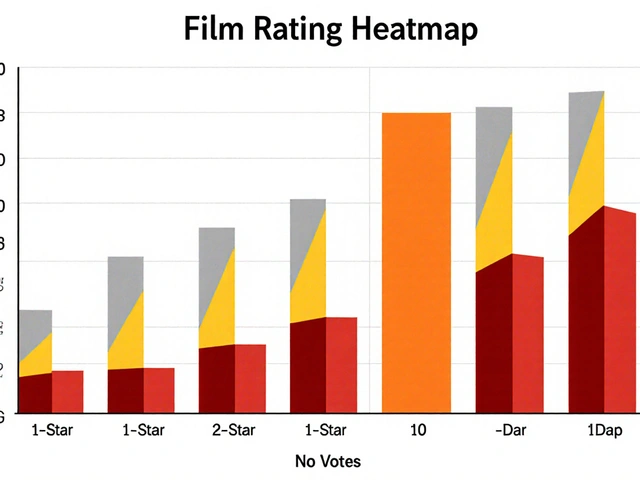10 Minute Video Bandwidth – Quick Guide to Data Usage
Ever wondered how much data a 10‑minute video actually eats? Whether you’re uploading to YouTube, streaming to friends, or sending a file, knowing the bandwidth needed helps you avoid surprises on your bill and keeps your video looking good.
How Bitrate Determines Bandwidth
Bitrate is the number of bits sent each second. Higher bitrate means sharper picture, but also larger files. A common rule of thumb for HD video (1080p) is 5 Mbps for decent quality. Multiply that by the video length in seconds (600 seconds for 10 minutes) and you get around 3 GB of data.
Practical Ways to Cut Down Size
If 3 GB feels too heavy, drop the resolution or use a more efficient codec like H.264 or H.265. For example, 720p at 3 Mbps shrinks the file to roughly 1.8 GB. You can also lower the frame rate from 60 fps to 30 fps without a noticeable loss for most viewers.
Another easy win is to adjust the audio bitrate. Most spoken‑word videos are fine at 128 kbps, which saves a few hundred megabytes over the whole clip.
When you upload to YouTube, the platform re‑encodes your video, often lowering the bitrate a bit. That means you don’t need to spend extra data to achieve the final quality you’ll see online.
If you’re streaming live, keep an eye on your upload speed. A stable 6 Mbps upload will let you stream a 10‑minute video in real time at 1080p without buffering. Anything lower can cause choppiness, especially if your audience is watching on mobile networks.
For mobile viewers, consider offering multiple quality options. Many platforms let users switch between 1080p, 720p, and 480p, letting them pick a setting that matches their data plan.
Finally, use a bandwidth calculator to estimate exact numbers. Plug in your resolution, frame rate, codec, and bitrate, and you’ll see how many megabytes per minute you’re looking at. This helps you plan storage, estimate upload times, and keep your budget in check.
Bottom line: a 10‑minute video can range from under 1 GB to over 4 GB depending on your choices. By tweaking resolution, bitrate, and codec, you can find the sweet spot that balances quality and data use. Now you’re ready to make informed decisions and keep your video projects on track.
22
How Much Data Does a 10‑Minute YouTube Video Use?
Find out exactly how many megabytes a 10‑minute YouTube video consumes, compare resolutions, and learn practical tips to keep your data in check.
Latest Posts
Popular Posts
-
 Lord of the Rings: The Rings of Power on Prime Video - What to Know in 2025
Lord of the Rings: The Rings of Power on Prime Video - What to Know in 2025
-
 Third-Party Billing: How to Manage Subscriptions Through Apple and Google
Third-Party Billing: How to Manage Subscriptions Through Apple and Google
-
 Data Management: DIT, Backups, and Archival Best Practices for Video Teams
Data Management: DIT, Backups, and Archival Best Practices for Video Teams
-
 Four Weddings and a Funeral Review: Why It’s Still the Gold Standard of ’90s Rom-Coms
Four Weddings and a Funeral Review: Why It’s Still the Gold Standard of ’90s Rom-Coms
-
 Why Subtitles Aren't Working: Fix Common Video Text Issues
Why Subtitles Aren't Working: Fix Common Video Text Issues



